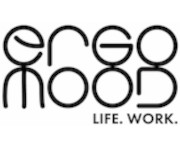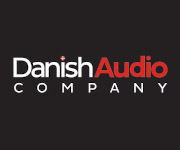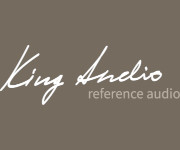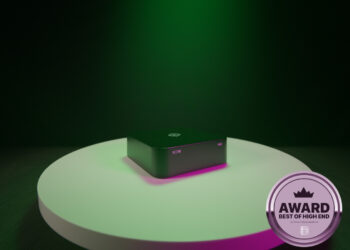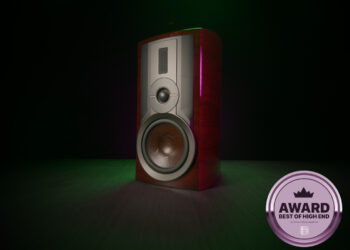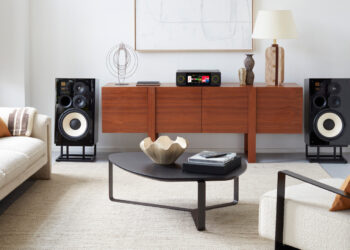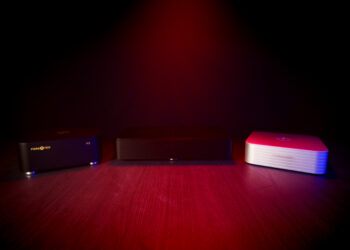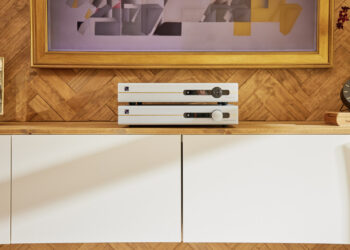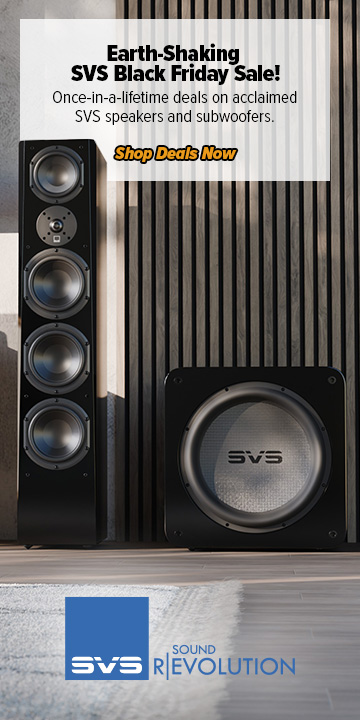Dynaudio has been around since 1977 and the speakers they have crafted are the product of thousands of hours of intensive measuring and listening. That attention to detail is clearly evident when listening to their Evoke series of speakers. The Evoke speaker series sits above Dynaudio’s entry-level Emit series and well below the far more expensive Contour and Confidence line up of speakers. The Evoke 20, which is positioned as the middle speaker in the Evoke range, is a full-size two-way, bookshelf speaker that the Danish loudspeaker maker says was designed for everyone so you can just enjoy the music without having to “replace much-loved equipment, or agonize over the price.” So if Goldilocks had been trying out speakers instead of bowls of porridge, would she have found the Evoke 20 to be “just right?” Let’s find out.
Dynaudio Evoke 20 up and close
Though the Evoke 20 does not sit at the top of the Dynaudio’s speaker offerings, the speakers still benefit from much of the technological advances of Dynaudio’s highest end speakers, including finishes, driver technologies and design, all of which have trickled their way down into the speaker. This includes an impressive 18cm mid/bass driver paired with Dynaudio’s exclusive 28mm Cerotar soft-dome tweeter. Dynaudio claims the tweeter’s frequency response can reach north of 20,000Hz without distorting, without delivering unwanted resonances and without experiencing wavering or compression in its transient response.
Finish of four
The Evoke 20, which sells for €2,025 or $2,400 US, is offered in four finishes: walnut wood, white high gloss, blonde wood, or with a black high gloss, which is the finish of the speaker I reviewed. With a tapered and rounded speaker cabinet and hidden mounting screws, the speaker looks fantastic even with the magnetic grills taken off. I found the gloss versions have an almost glass-like finish. And while this all sounds good in theory, do these speakers actually deliver on their promise?
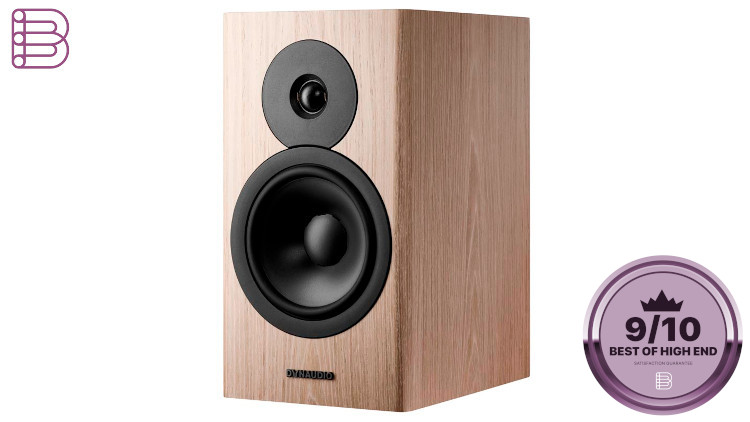
Review system setup
In auditioning the Evoke 20s, I positioned the speakers about 2.5 metres apart, slightly toed-in and about 45 cm from the rear wall (it’s worth noting I found they still performed well even positioned as close as 30 cm from the rear wall). The speakers were placed on Dynaudio’s aluminum Stand 20 stands filled with sand. To further isolate the speakers, the stand spikes were removed and replaced with Gaia III isolation feet from IsoAcoustics (these feet did make a slight but noticeable difference in tightening up the bass and opening up the midrange and treble of the Evokes). In my initial listening tests I both listened to the Evoke 20 and my A4 floor standing speakers from Spendor, which are nearly twice the price of the Evoke 20s. Both were connected to a Unison Research, Unico Primo integrated amp, using a Schiit Bi-frost 2/64 DAC as the primary source.
Listen up !
I began with Lana Del Rey’s “The Grants” as this particular song’s vocals can sound harsh, especially near the end of the song when the four background singers join in with Lana. On the Spendor A4s the vocals did sound slightly more neutral, but that came at the cost of them sounding fatiguing, as they produced a far too analytical sound that lacked musicality. I was also surprised to hear that the soundstage on the A4s was not as grand as on the Evoke 20s. Instrumental detail on the A4s was less pronounced compared to the Evoke 20s.This was especially noticeable on the cello. The weight and presence of the Hammond B3 organ was more noticeable on the Evoke 20s.
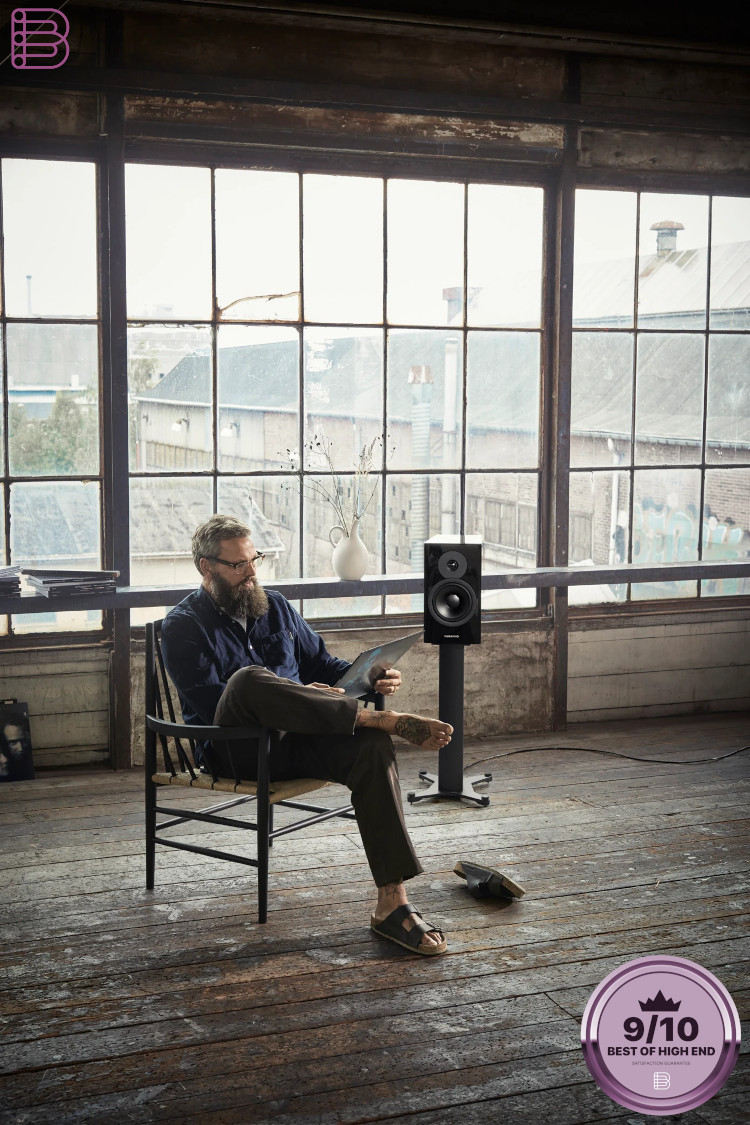
I then moved onto the track “Time” by Hans Zimmer from the Inception movie soundtrack. This track, with its concert bass drum, the deepest drum in the percussion family, really tests the limits of a speaker’s low frequency sound reproduction. I expected the Spendor A4, with its stated 34 – 25,000Hz (+/- 3dB) frequency response, to excel on this piece compared to the Evoke 20’s more limited range of 40Hz–23kHz (+/- 3dB). Wow, much like Goldilocks, was I in for a surprise. In fact, the Evoke 20s more than matched the A4s for dynamics and bass retrieval as I played this instrumental. I was more than surprised to find that during the deepest passages, I was hearing notable resonance coming from the A4s while the Evokes remain composed even as the volume approached the 90-decibel level. This is another reminder to never go solely by a manufacturer’s specs for expected performance – always use your ears. (That’s true for published reviews as well, since I could not find one review of the A4s that confirmed my findings). Further into “Time,” the Evoke 20s continued to delight, with the guitar solo by Johnny Marr perfectly placed as if Johnny was in the room, with excellent imaging that allowed me to follow the guitar through the track.
To challenge the Evoke’s Cerotar tweeter, I moved on to “Trust in Me” by Holly Cole, this time using the Rotel CD11 MKII CD player connected to the Schiit Bifrost 2/64 DAC. This song is often a challenge because of the many hot “S” sounds sung by Holly (such as “slip into silent slumber”), which can often produce harsh sibilance on many speakers. The Evoke’s past this test with ease (this Cerotar tweeter is really quite special), there was no hint of sibilance in Holly’s voice, she always sounded naturally warmth, and wringing out every last bit of detail. I have had the pleasure of hearing Holly Cole live on numerous occasions, and the Evoke 20s were clearly superior in conveying what she sounds like live. I was also pleased by how the Evoke 20s were not particularly fussy about their placement in my room (having them on good stands, and on isolation feet obviously helped). These speakers sounded about equally good either 30 cm or one metre or more from the rear wall. During the piano solo for “Trust in Me” the Evoke 20s continued to sound musical and engaging. Of particular note was that even on the deepest bass passages of “Trust in Me” the Evoke 20s consistently went deeper and with more control then the A4s.
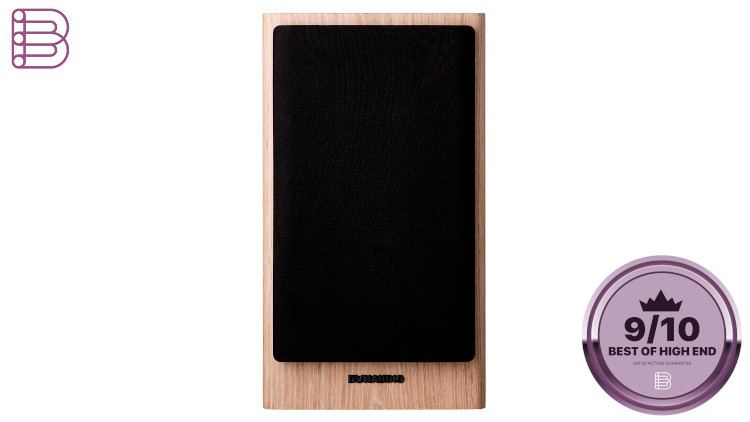
Next I queued up “I’m Afraid of Americans” by David Bowie on CD. This is a dense song with lots of instruments competing with each other at the same time, including some really thundering bass synthesizers. The Evoke 20s did a splendid job in detailing all the instruments and vocals, presenting the bass with great punch while always maintaining control.
I then moved on to “In the Garden” by Royal Wood, which features mainly piano and backing vocals. Once again the Evoke 20s conveyed a large sound stage and with a natural warmth that just effortlessly flowed through the room.
For the last song, I moved over to vinyl and played the Police’s “Don’t Stand so Close to Me” using the Audio Technica LP7 turntable. The Evoke 20s made this classic song sound new again, presenting a realistic air around Sting’s vocals, which made me feel I might be standing too close to Sting. On this track, like most of the recordings I played on Evoke 20s, they just seemed to have the ability to disappear, leaving only the music.
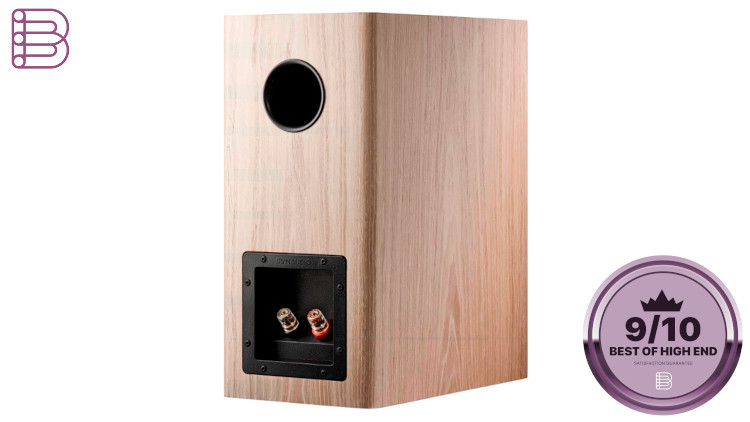
Changing gear
Over the course of auditioning songs on the Evoke 20s, I was continually impressed with how well they can play all types of music, from heavy rock to jazz and everything in between. I couldn’t find a piece of music that this speaker could not faithfully produce and in the most engaging and entertaining way. Near the end of my auditioning, I was also able to briefly connect the Evoke 20s to a substantially more powerful integrated amp, the Kinki Studios EX-M1+, which is rated at 215 Watts per channel into 8 Ohms, for comparison. I found that the Evoke 20s paired well with the Unico Primo, but on the EX-M1+ everything improved, including the sound stage, dynamics, musicality and detail. This tells me Evoke 20 owners will probably be upgrading their amplifiers long before they feel the urge to upgrade their speakers.
Dynaudio Evoke 20 specifiactions
- Sensitivity: (dB @ 2.83V/1m): 86
- IEC Power Handling: (W):180
- Rated Impedance (Ohm): 6
- Lower Cutoff (Hz @ +/- 3 dB): 40
- Upper Cutoff (kHz @ +/- 3 dB):23
- Box Principle: Bass reflex rear ported
- Crossover: 2-way
- Crossover Frequency (Hz): 3200 Hz
- Dimensions (HxWxD): 380 x 215 x 307mm
- Weight: 9.9kg
Budget
€2,025.00 or $2,400 U.S per pair
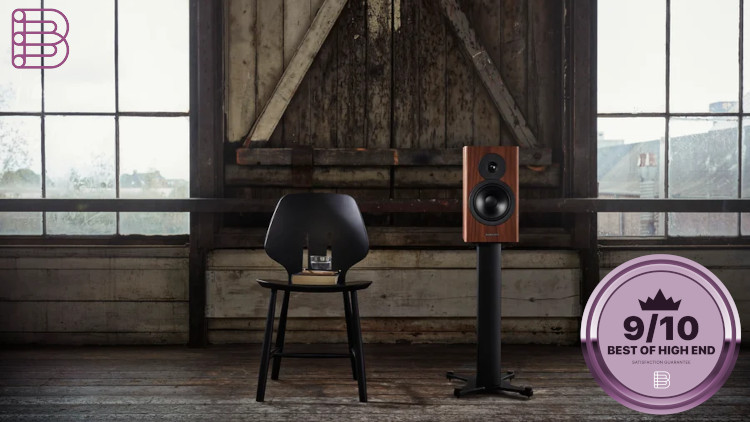
Software tracklist
- Lana Del Rey: The Grants
- Hans Zimmer, Time
- Holly Cole, Trust in Me
- David Bowie, I’m Afraid of Americans
- Sting, Don’t Stand so Close to Me
Hardware checklist
- Dynaudio Evoke 20 speakers
- Dynaudio Stand 20
- IsoAcoustics Gaia III isolation feet
- Unison Research, Unico Primo integrated amp
- Kinki Studios EX-M1+ integrated amplifier
- Schiit Bifrost 2/64 DAC
- WiiM Pro Plus streamer
- Rotel CD11 MKII CD player
- Music source: Tidal
- Audio Technica LP7 (VM760SLC cartridge)
- Audience Studio ONE speaker wire

Dynaudio Evoke 20
€2.025 per pairThe Evoke 20s are highly recommended, even if you consider yourself the most discerning of Goldilocks. That said, if you do find a home for these speakers, beware of envious family and friends, because you may be the one shouting one day: “Someone has been listening to my Evokes, and they’re still here!”
